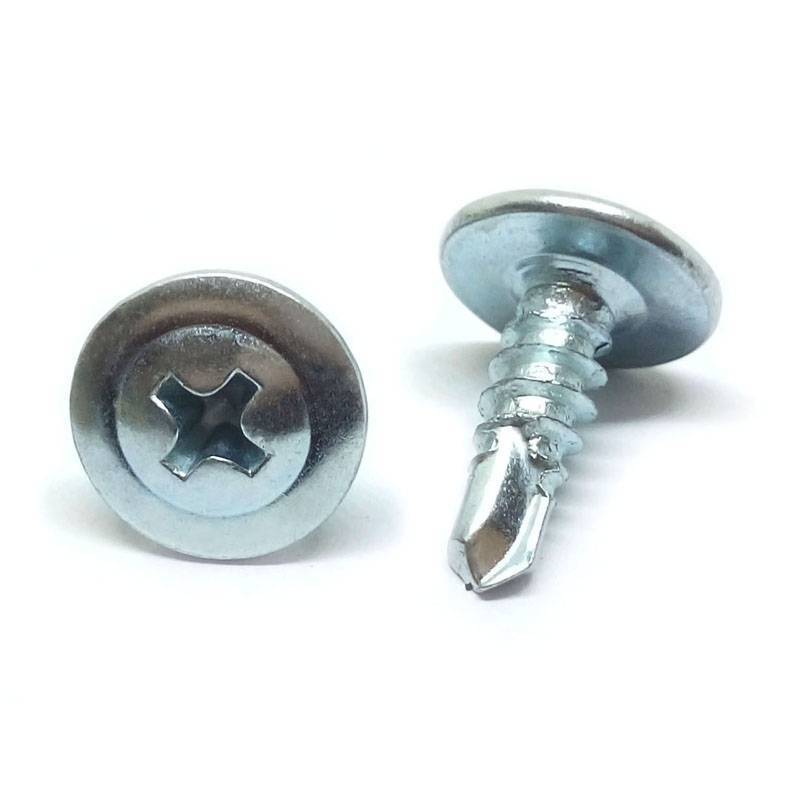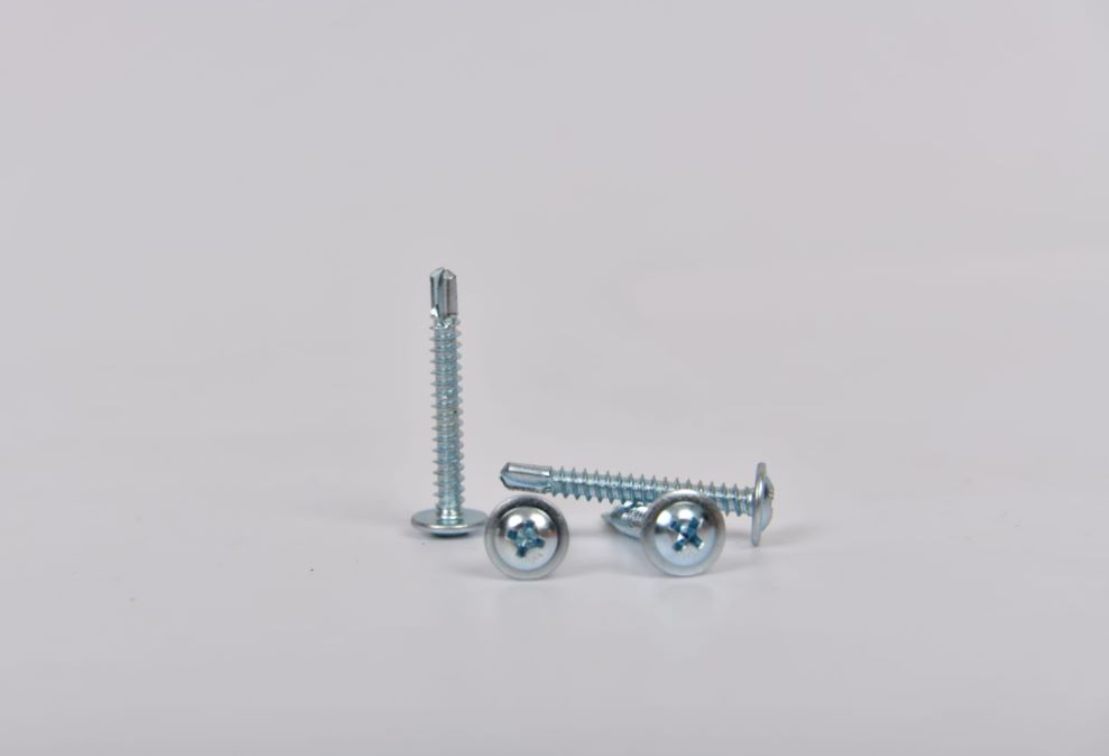فبراير . 18, 2025 08:38
Back to list
din125 plain washer flat washer
In the realm of mechanical engineering and assembly, the choice between utilizing a spring washer or a flat washer as the first component in fastening operations is more than a matter of preference. Both types of washers have unique characteristics that make them suitable for specific applications, and understanding their functionalities, benefits, and limitations is critical for optimizing performance and ensuring the longevity of the assembly.
Conversely, in environments subject to significant vibrations, such as in internal combustion engines or complex machinery, a spring washer may be employed as the first line of defense against movement, capturing and dampening transient stresses right at the juncture between the fastener and the substrate. Such positioning ensures that the potential for fastener back-off is minimized, preserving joint integrity in conditions where reliability is paramount. Decades of accumulated measurements and industry standards have systematized the application of both washers in specific sequences or combinations. For instance, the American National Standards Institute (ANSI) provides guidelines on washer applications, ensuring that industry practices are harmonized for safety and functionality. The conventional wisdom, backed by field tests and empirical studies, suggests that a dual-washer approach—positioning the flat washer beneath the spring washer—maximizes benefits, providing both distribution of load and maintenance of tension. Moreover, the choice between a spring versus a flat washer isn't only limited to physical characteristics—material properties such as corrosion resistance, hardness, and thermal stability are equally crucial. Stainless steel, for example, offers excellent corrosion resistance properties that can extend the life of the washer significantly in harsh environments. Placing a flat stainless-steel washer beneath a steel spring washer can prevent galvanic corrosion, which occurs when dissimilar metals are in contact in moist conditions. In conclusion, the choice of using a spring washer or a flat washer first—and their positioning sequence—shouldn't be taken lightly. It requires careful consideration of the factors at play, including but not limited to, mechanical properties, environmental conditions, and load specifications. Industry professionals should remain informed of the latest standards and technological advancements in washer design and application, as these influence the efficiency, longevity, and safety of their projects. Effective application isn't merely about preventing damage today; it’s about crafting solutions that deliver durability and reliability long-term.


Conversely, in environments subject to significant vibrations, such as in internal combustion engines or complex machinery, a spring washer may be employed as the first line of defense against movement, capturing and dampening transient stresses right at the juncture between the fastener and the substrate. Such positioning ensures that the potential for fastener back-off is minimized, preserving joint integrity in conditions where reliability is paramount. Decades of accumulated measurements and industry standards have systematized the application of both washers in specific sequences or combinations. For instance, the American National Standards Institute (ANSI) provides guidelines on washer applications, ensuring that industry practices are harmonized for safety and functionality. The conventional wisdom, backed by field tests and empirical studies, suggests that a dual-washer approach—positioning the flat washer beneath the spring washer—maximizes benefits, providing both distribution of load and maintenance of tension. Moreover, the choice between a spring versus a flat washer isn't only limited to physical characteristics—material properties such as corrosion resistance, hardness, and thermal stability are equally crucial. Stainless steel, for example, offers excellent corrosion resistance properties that can extend the life of the washer significantly in harsh environments. Placing a flat stainless-steel washer beneath a steel spring washer can prevent galvanic corrosion, which occurs when dissimilar metals are in contact in moist conditions. In conclusion, the choice of using a spring washer or a flat washer first—and their positioning sequence—shouldn't be taken lightly. It requires careful consideration of the factors at play, including but not limited to, mechanical properties, environmental conditions, and load specifications. Industry professionals should remain informed of the latest standards and technological advancements in washer design and application, as these influence the efficiency, longevity, and safety of their projects. Effective application isn't merely about preventing damage today; it’s about crafting solutions that deliver durability and reliability long-term.
Latest news
-
Top Choices for Plasterboard FixingNewsDec.26,2024
-
The Versatility of Specialty WashersNewsDec.26,2024
-
Secure Your ProjectsNewsDec.26,2024
-
Essential Screws for Chipboard Flooring ProjectsNewsDec.26,2024
-
Choosing the Right Drywall ScrewsNewsDec.26,2024
-
Black Phosphate Screws for Superior PerformanceNewsDec.26,2024
-
The Versatile Choice of Nylon Flat Washers for Your NeedsNewsDec.18,2024
Related News










